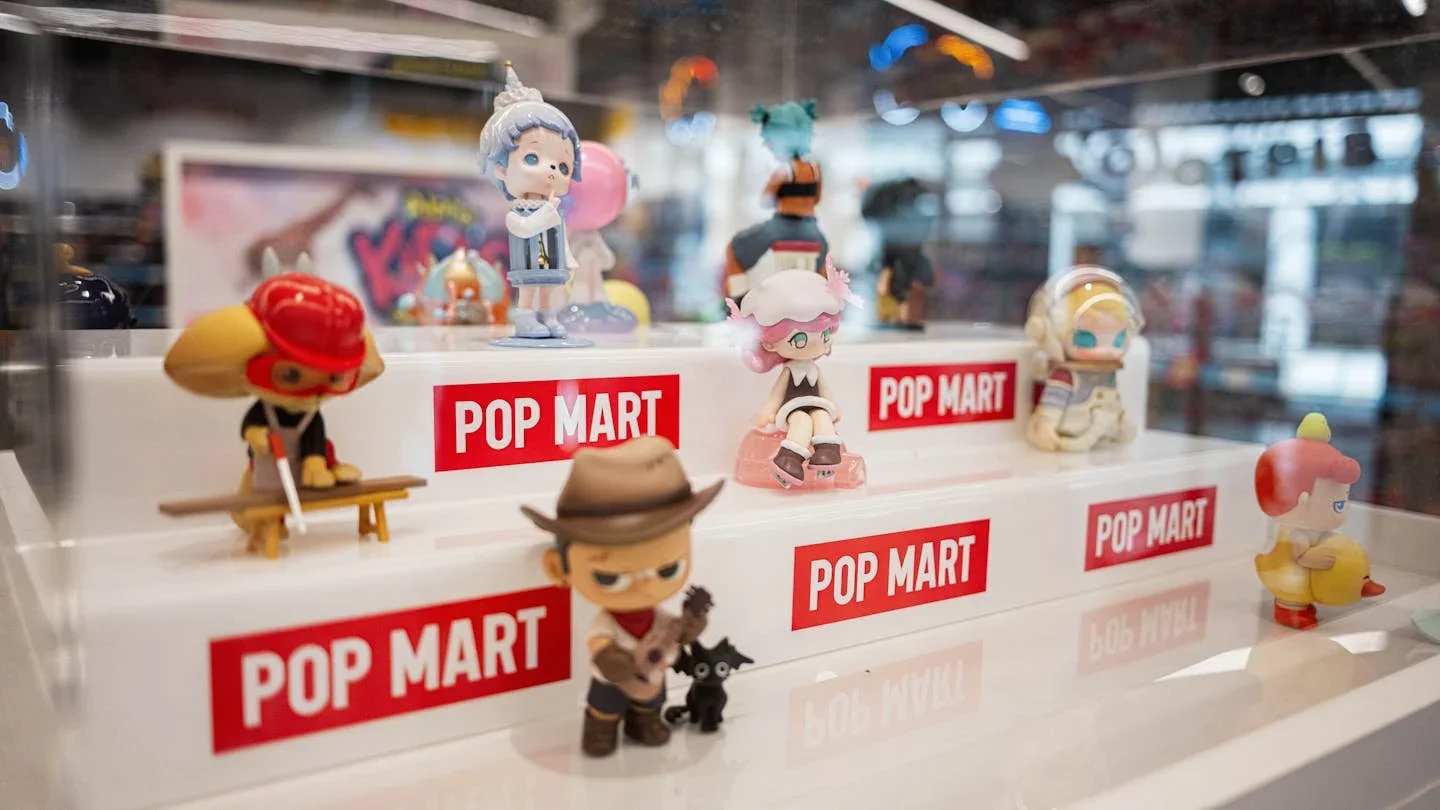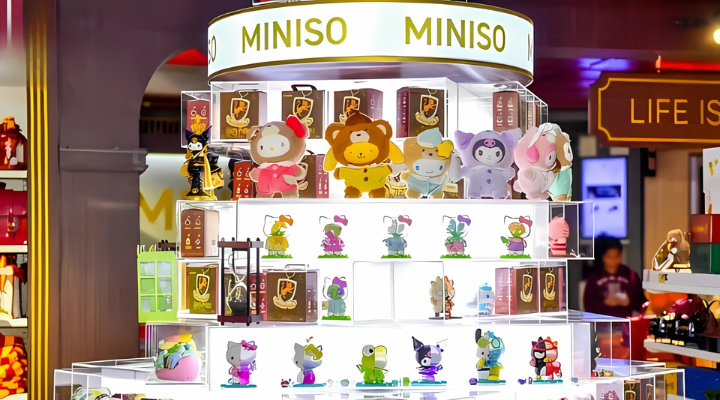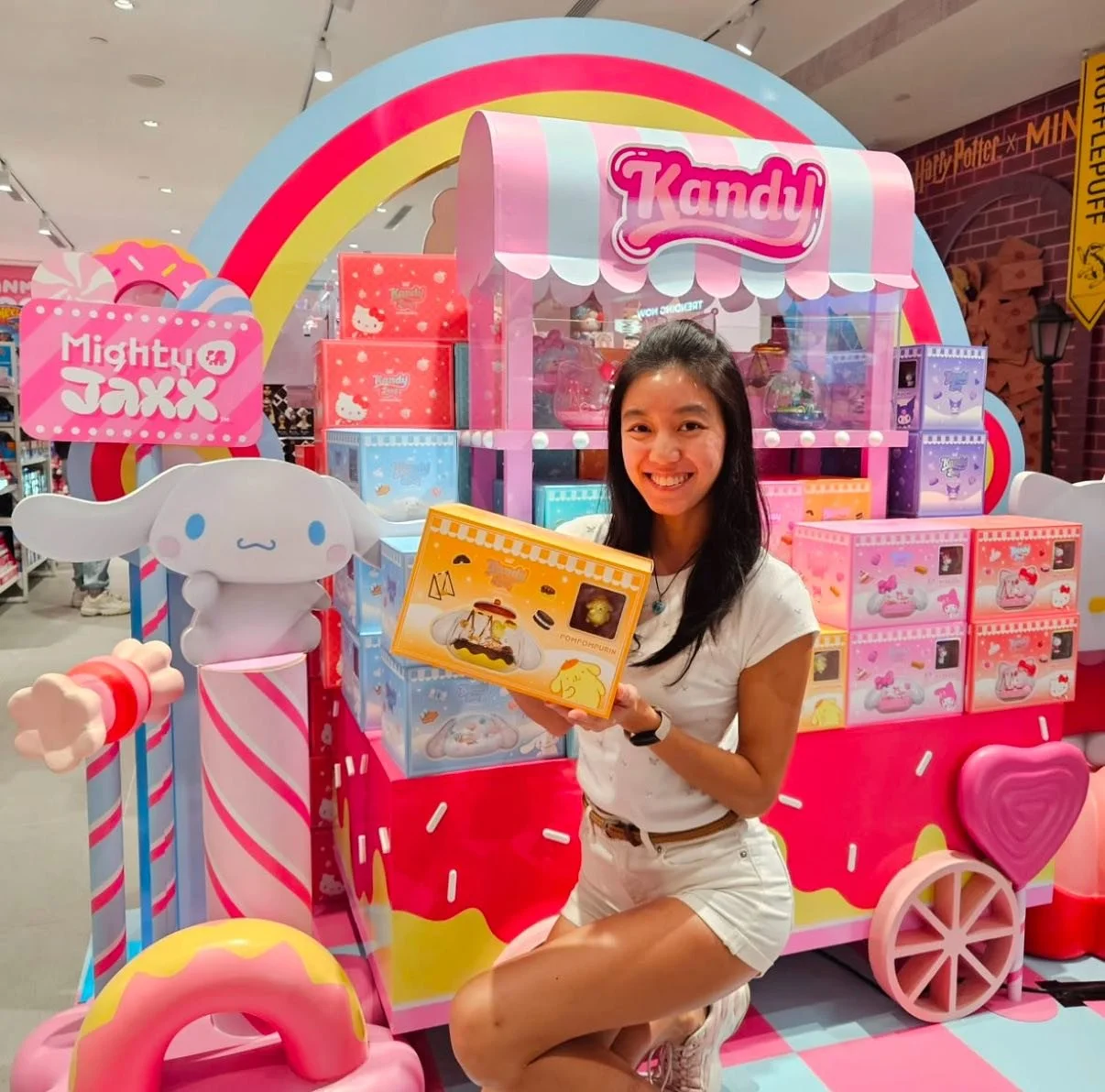What Makes Blind Boxes So Addictive — Learn from Labubu and Other brands for Your Next Marketing Campaign
Blind boxes have transformed from a playful toy trend into one of today’s most powerful marketing strategies. At their core, they tap into human curiosity, the thrill of surprise, and the joy of collecting — three psychological triggers that keep people coming back for more.
For brand managers, this isn’t just a retail gimmick — it’s a proven tactic to drive engagement, boost sales, and create buzz around your campaign. In this blog, we’ll break down what makes blind boxes so addictive, how you can apply them to your brand activations, and why this strategy works even if you’re running on a modest budget. By the end, you’ll know exactly how to use blind boxes to turn customers into collectors — and your campaign into a cultural moment.
The Psychology Behind Blind Boxes
Blind boxes are more than just a toy trend—they’re a marketing powerhouse rooted in human emotion. At their core, they tap into three behaviors that create addictive engagement:
Collectible figurines on display at Pop Mart in Ivano-Frankivsk. Image Source: Yahoo
✅ The Hook: Anticipation Over Content
People aren’t always chasing the product—they’re chasing the thrill of what’s inside. The moment before opening the box builds tension, making people want to experience it again and again.
A Youtube obsessed with the act of opening of blind boxes more than product itself. Video source: Youtube
✅ The Trigger: Fear of Missing Out (FOMO)
Limited runs and rare items create urgency. Brands use scarcity to push people to act fast and repeatedly.
✅ The Buzz: Social Proof and Sharing
Every unboxing becomes a moment worth sharing. Whether it’s excitement or frustration, customers post their experiences online, spreading the brand’s reach far beyond paid ads.
A $0.50 product can create a million-dollar brand experience simply by leveraging this emotional structure.
Popmart’s Skull Panda Series Collection. ImageSource: Amazon
Real-World Example: Labubu by Pop Mart
Pop Mart’s collectible series, like Labubu, skyrocketed because it wasn’t just about the toy—it was about the experience of discovery. With licensed designs, limited availability, and iconic characters, Pop Mart transformed ordinary figurines into cultural phenomena.
Man throws tantrum at Pop Mart store because he didn't get the labubu he wanted. ImageSource: Instagram
📈 Pop Mart’s stock price saw significant growth as collectible culture surged globally.
How Inexpensive Minimal Toys become Billion Dollar Industry. ImageSource: Medium
🌍 Sold in more than 30 countries, they built a community around sharing, trading, and unboxing.
🎯 Their strategy inspired brands beyond toys to apply the blind box format.
What Other Brands Are Doing
LEGO- Mystery Minifigures for Blindbox
LEGO Minifigures for Mystery Box. ImageSource: LEGO
What it is: LEGO’s Minifigures Series are sealed “blind bags” or boxes where each pack contains one of a larger set of collectible figures (e.g. LEGO Minifigures Series 25 has 12 characters). The buyer doesn’t know which one until unboxing.
What you can learn from it: Even with known large IP (LEGO), the simple mystery pack mechanic is enough to produce demand, excitement, and social sharing. If you have multiple variants, let customers collect them; if not, limit editions so there’s some rarity.
2. Miniso — Blind Box Vending Machines, IP Collaborations, and Pop-Up Stores
Miniso sets up their first blindbox vending machine at Suntec City Mall in Singapore.. ImageSource: Vending MarketPlace
Why This Strategy Is Perfect for Small Brands Too
Mechanics/Examples:
• In Singapore, Miniso installed its first self-service blind box vending machine at Suntec City Mall. It hosts nine collections, including past best-sellers. Blind boxes in this vending machine are priced between SGD 9.90 and SGD 14.90 (approx USD 7-11), making them accessible to younger collectors.
• Miniso runs pop-up stores (e.g. in Funan, Singapore) with curated IP collaboration blind box collections: Sanrio, Disney, Pokémon, Teletubbies, Harry Potter, etc. These stores often have themed blind box zones, exclusive or Singapore-only drops.
Minso set up their IP collaboration with Teletubbies, HelloKitty, Harry Potter and Sanrio collectibles as part of their Blind Box Carnival in Funan, Singapore. ImageSource: InsideRetail
• Miniso’s largest “Miniso Land” flagship in Singapore has a “Trendy Blind Box Zone” among other themed zones; items start from as low as ≈ SGD 1 in some cases for certain “blind boxes / plushies / toys” in that large-variety store.
Miniso launched a whole special Blind Box zone only available at their largest flagship store in Singapore. ImageSource: Shout
Why it works:
• Accessibility: Pricing is low enough to encourage impulse buys.
• Visibility & novelty: Vending machines and pop-ups make shopping an experience.
• IP leverage: Using popular characters gives instant emotional appeal.
• Limited or exclusive drops (e.g. country-exclusive themes) increase urgency.
What you can learn: You can replicate this by offering a few different “blind box” collections, using IP/connect with local culture, using pop-ups or machines to create experience, and price it low enough for experimentation.
Why Blind Boxes Work for Your Brand
Easily scalable from small giveaways to premium experiences
Works across industries—retail, travel, food, education, entertainment
Even small budgets can create big emotional impacts when designed thoughtfully
You don’t need a huge budget. All you need is the right product, clever packaging, and a reveal designed to trigger curiosity and excitement.









